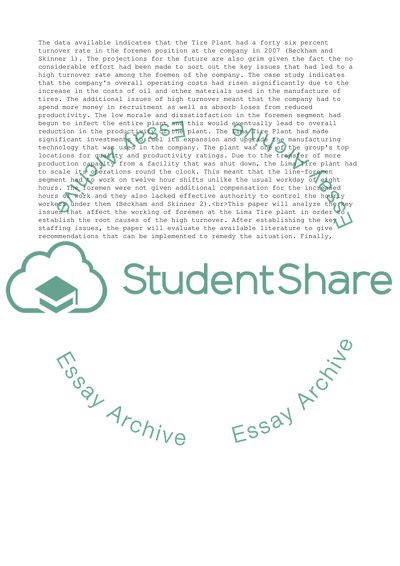Cite this document
(Resourcing and talent management Essay Example | Topics and Well Written Essays - 3000 words, n.d.)
Resourcing and talent management Essay Example | Topics and Well Written Essays - 3000 words. https://studentshare.org/management/1796964-resourcing-and-talent-management
Resourcing and talent management Essay Example | Topics and Well Written Essays - 3000 words. https://studentshare.org/management/1796964-resourcing-and-talent-management
(Resourcing and Talent Management Essay Example | Topics and Well Written Essays - 3000 Words)
Resourcing and Talent Management Essay Example | Topics and Well Written Essays - 3000 Words. https://studentshare.org/management/1796964-resourcing-and-talent-management.
Resourcing and Talent Management Essay Example | Topics and Well Written Essays - 3000 Words. https://studentshare.org/management/1796964-resourcing-and-talent-management.
“Resourcing and Talent Management Essay Example | Topics and Well Written Essays - 3000 Words”. https://studentshare.org/management/1796964-resourcing-and-talent-management.


